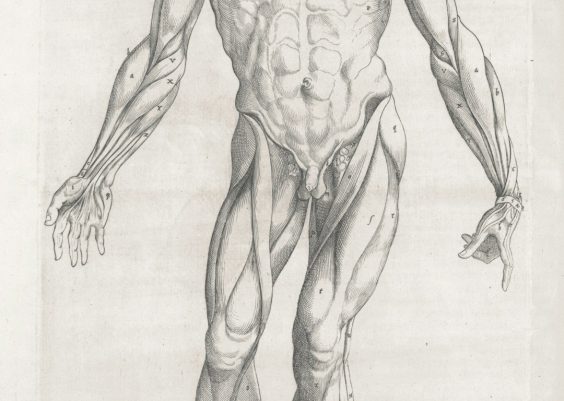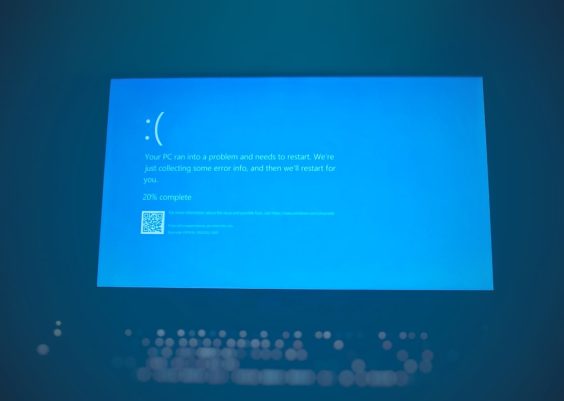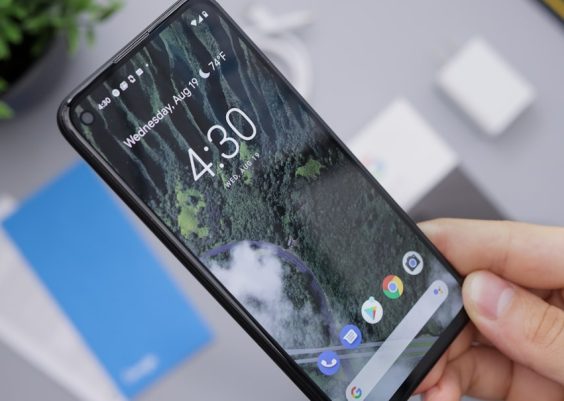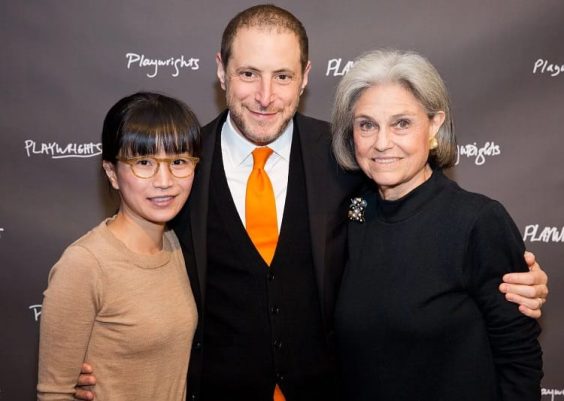Artificial Intelligence (AI) is revolutionizing countless industries, but few are experiencing its impact as rapidly and as creatively as graphic design. What was once the exclusive domain of trained professionals operating sophisticated software is now opening up to designers and non-designers alike, thanks to the growing power and accessibility of AI tools. From streamlining mundane tasks to generating original artwork, AI is redefining what it means to design in the digital age.
Here are five compelling ways AI is transforming graphic design—and why this evolution is only just beginning.
1. AI-Driven Design Automation
One of the most immediate and game-changing effects of AI in graphic design is automation. Traditionally, designers spend a significant amount of time on repetitive tasks such as resizing assets for different platforms, aligning elements, color correction, or organizing layers. AI can now automate many of these menial jobs.
Tools like Adobe’s Sensei and Canva’s Magic Resize use AI to intelligently handle adjustments and modifications that once took hours. The result is improved efficiency, fewer errors, and more time for designers to focus on creativity and strategy.
Example: A brand producing social media campaigns once had to manually adjust artwork for every platform. With AI automation, they can create one design and instantly adapt it to Facebook, Instagram, Twitter, and more—all in seconds with minimal manual input.
2. AI-Assisted Creativity and Concept Generation
AI is not only assisting with the execution of design but also with the ideation process. With tools like DALL·E, Midjourney, and Adobe Firefly, designers can input text prompts and generate a variety of creative visuals almost instantly. This opens up creative possibilities that might not have been considered before and can significantly shorten the research and brainstorming phase.
For instance, a designer might input a prompt such as “a futuristic city skyline during sunset” and receive several visually unique options to work from or integrate into their final piece. AI can suggest color palettes, mood boards, and even layout structures based on trends or user-defined keywords.

This assistance doesn’t replace the designer but acts as a creative collaborator, helping to overcome creative blocks and explore new directions faster.
3. Personalized and Dynamic Visual Content
As brands strive to offer more personalized experiences, AI empowers designers to create content that adapts to individual user preferences. AI can analyze user behavior, demographics, and interactions to customize visual messaging dynamically.
Dynamic design allows for campaigns where the colors, formats, or even images adapt based on who’s seeing them. Netflix and Spotify are leading examples of platforms using AI not just for content recommendations but also for generating custom thumbnails or graphics targeted to different user personas.
Furthermore, AI can assist in A/B testing multiple design variations by generating slight modifications and analyzing which version performs better, thereby improving ROI on design efforts.
4. Democratization of Design Tools
Perhaps one of the most exciting changes is how AI is lowering the barrier to entry for graphic design. With user-friendly design platforms integrating AI features, even those with minimal design experience can now create professional-quality designs effortlessly.
Templates enhanced with AI suggestions, drag-and-drop interfaces guided by real-time feedback, and smart image enhancement tools allow non-designers to handle small projects on their own. This shift is especially important for startups and small businesses that may not have the budget to hire a full-time designer.
However, this democratization does not come without concern. While it enables more people to design, it also increases competition and generates a higher volume of content, making it essential for designers to focus on storytelling, unique brand identity, and human emotion—areas where AI still lags.
5. Real-Time Collaboration and Feedback
AI isn’t just a behind-the-scenes workhorse—it’s becoming a real-time design partner. In modern design tools like Figma, Notion, and Adobe Cloud, AI can offer live feedback on contrast, alignment, typography, and even emotional impact. These subtle yet important insights can significantly enhance the design process.
Moreover, intelligent bots within collaboration platforms can track design changes, summarize feedback threads, and even suggest improvements based on project goals or previous versions.
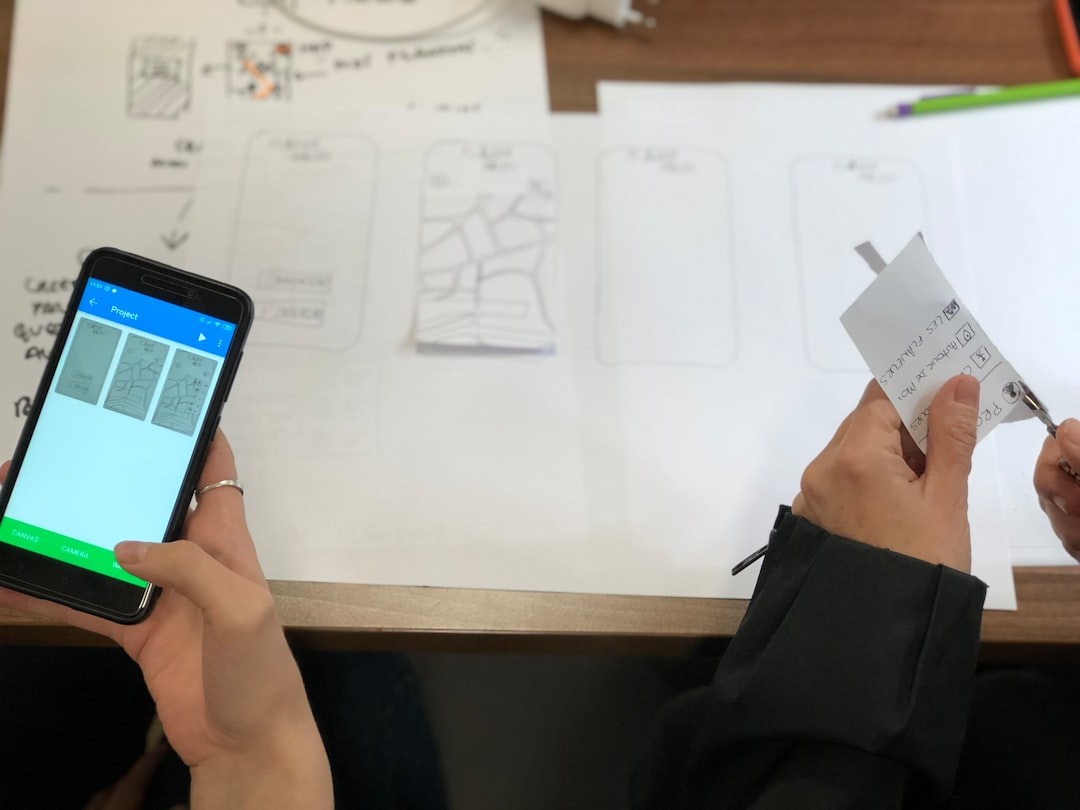
Think about the implications: A remote team working across different time zones can have an AI assistant that ensures brand consistency, integrates stakeholder feedback, and prompts improvements—all without interrupting the creative flow.
What Does the Future Hold?
The integration of AI into graphic design is not replacing human creativity; it is augmenting it. Instead of fearing obsolescence, designers should view AI as a powerful tool that enhances their ability to solve problems, tell stories, and innovate visually. As these tools become more refined, the collaboration between human intuition and machine intelligence promises to create a future where design is not only more efficient but also more inspiring.
However, designers must also grapple with new ethical and creative challenges:
- Authenticity: Who owns AI-generated content? How do we maintain originality?
- Bias: AI tools can inherit biased data sets that affect the inclusivity of generated designs.
- Dependence: Overuse of AI tools might lead to homogenized design styles if not carefully curated by human touch.
Design educators, creative professionals, and technology developers need to work together to shape a responsible, bold, and inclusive future for AI-powered design.
Conclusion
We’re standing at a transformative moment in the history of graphic design. AI is not just a trend; it’s an evolution, pushing the boundaries of what’s creatively possible and making design more accessible and agile than ever before.
By embracing the unique strengths of artificial intelligence—while staying grounded in the emotional intelligence and storytelling abilities that only humans possess—designers can lead a new creative renaissance. Whether you’re a seasoned professional or just dabbling in design, there’s never been a more exciting time to explore the intersection of technology and imagination.

